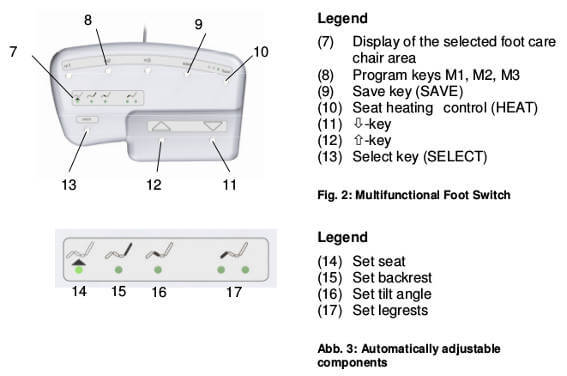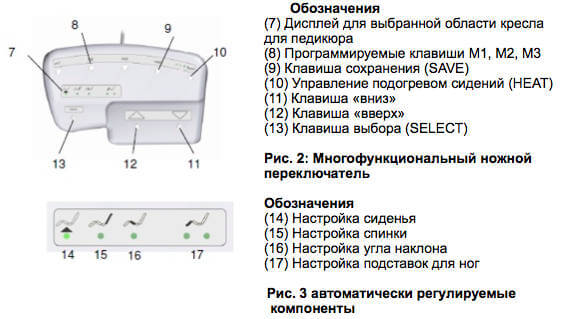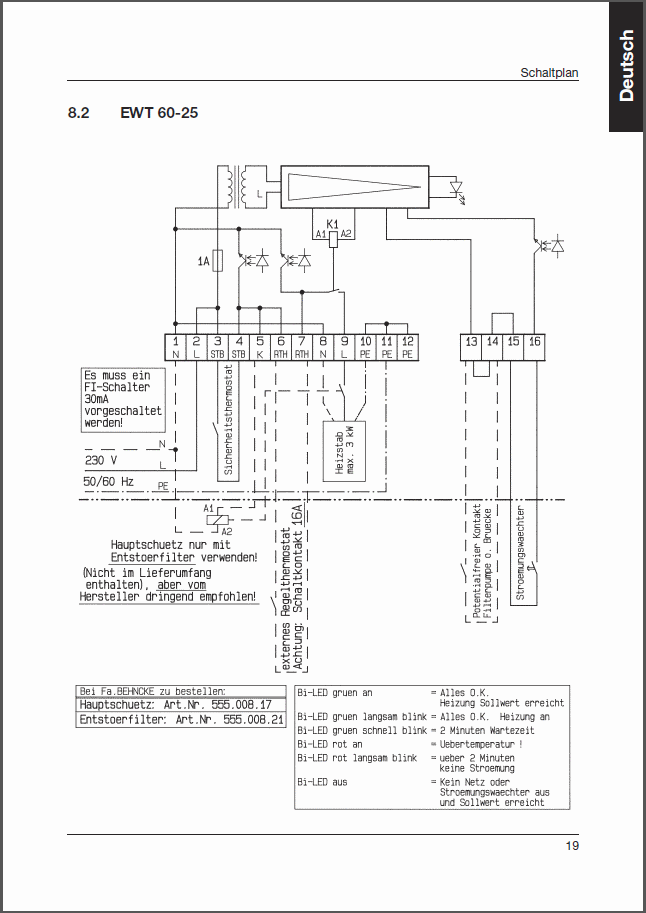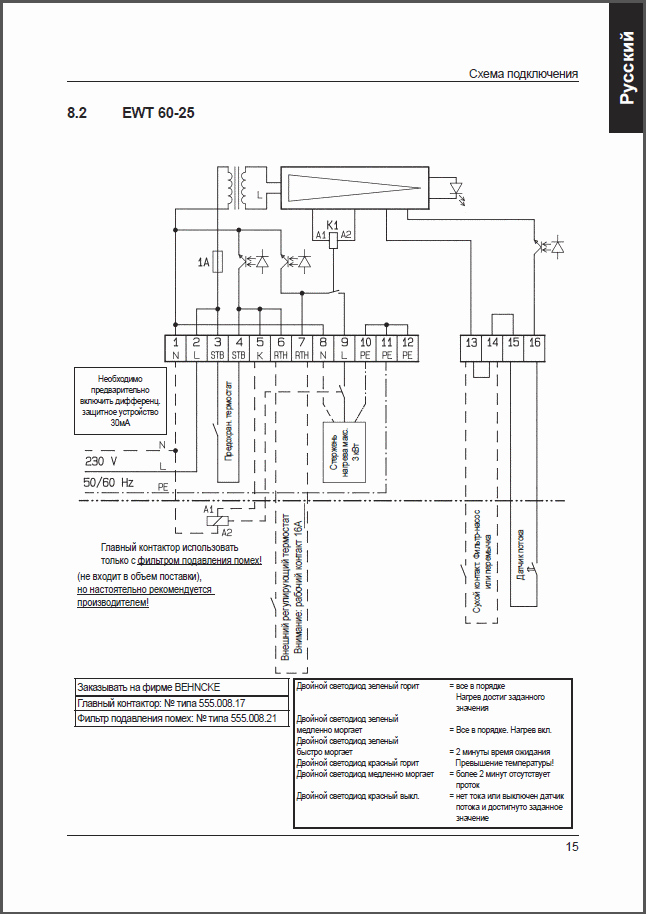We have a very flexible approach to translating operation manuals. You can order translations with or without layout services included; please indicate what text sections do not need to be translated; get an up to 50% discount on repetitions in text. With us, you can save your money and get a high-quality translation.
Estimated translation quotes for operation manuals
Translations of operation manuals are quoted by word number. The table below indicates our rate per word that includes proofreading! DTP services are charged extra.
or learn more about languages we work with
Operation manuals (user guides, or directions for use) are among the most translated technical documents, which is why processing them is rather straightforward: we select translators based on the subject matter and then they cooperate closely with our layout designers.
Translation of operation manuals means team work
As we have agreed on the best layout option and extracted the text from the source operation manual, we hand over the document to the assigned translation team. In most cases such a team consists of translators, editors and proofreaders.
Translators
To make our translation intelligible, consistent, and correct in terms of vocabulary, we select translators who are familiar with the document's subject.
Editors
Our editors check the vocabulary, merge several parts of translation into one (if several translators have worked on the project), and check if the translation is complete and of good quality.
Experts in the field
If an operation manual is full of rare or highly specialized technical vocabulary, we try to find an expert in that field to do the editing and perform a quality check.
This is a screenshot of a project glossary with translators and 2 editors involved

Select how your translation will look like
All operation manuals are different; therefore, before we start translating, we need to look through a document to estimate its structure, formatting, and volume. If your operation manual is a scanned copy of a hard copy, we will extract the text, do the translation in a text editor, and then recreate the general layout of the source document. We call it a basic translation layout. Most of our customers tend to choose this option.
1. No layout (plain text)
We will skip the layout stage and shape our translation as plain text or a simple table that has text in it. You may find this option suitable if:
- the layout is not important to you at all;
- you are going to layout your files on your own;
- you need the translation ASAP.
Sophisticated source layout
.jpg)
This is how the plain text option will look like:
.jpg)
2. Basic layout
We will translate the source file in a text editor and recreate its structure as precisely as possible. We will also ask you on what we should do with images, diagrams, or drawings, which have text in them. The following features will make this layout option different from the source file:
- text that source images contain will be placed next to the images;
- headings and text may have a somewhat simplified design;
- some graphic elements can be absent in the translation (see UP (11) and DOWN (12) keys in the example);
- the document may lack the compact placement of such elements as images, tables, signatures, etc.
Source document in .pdf

Translation in .doc

3. Exact copy or very close to that
To save an original layout and prepare your translations for printing, we work with layout designers.
A complete translation layout option has all the elements of the operation manuals retain their location; the fonts will retain their color, style, and size, and our layout designers will do their best to ensure that language is the only thing that makes our translation different from the source document.
Source pdf file

This is how the translation will look like:
